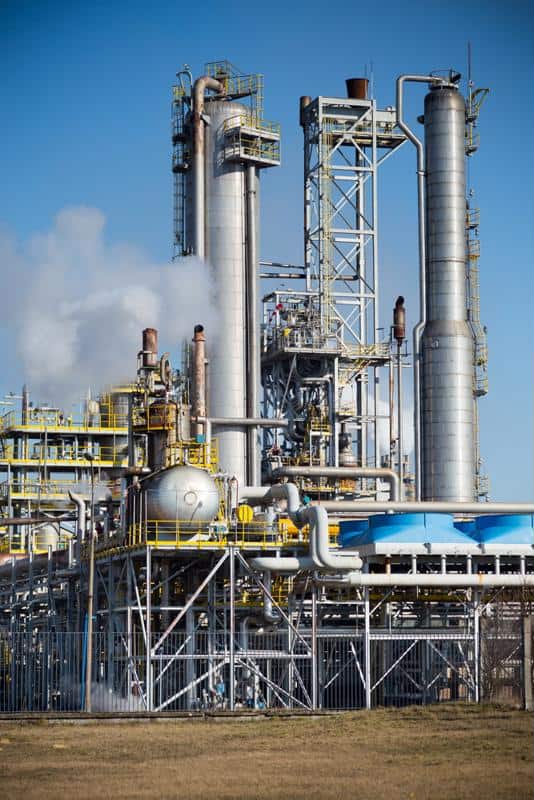Chemical industry preparing for resurgence in manufacturing
Leave a CommentThe chemical industry is quickly becoming one of the nation’s most predominant manufacturing sectors due to affordable energy prices. A report from the analysis firm Boston Consulting Group explained that with steady production due to hydraulic fracturing and affordable labor costs, the chemical industry has been able to take advantage of these trends.
Currently, the U.S. chemical industry is worth roughly $800 billion, according to the American Chemistry Council. But, experts at BCG believe the value of the industry could increase by $11 billion to $21 billion by 2025. The firm is calling the chemical manufacturing boom “a once-in-a-generation renaissance” for North America.
Shale boom boosting chemical production
U.S. chemical manufacturers have seen the recent success in production due to the shale boom and availability of low-cost natural gas and liquid natural gas resources. With advancements in fracking technology, the oil and gas industry has completely revamped U.S. production, making it nearly sustainable on domestic resources.
However, the success of fracking technology has bled over into other industries, and more specifically, into chemical manufacturing. Now, chemical manufacturers are able to reevaluate their production methods with cheaper energy and labor rates.
BCG analysts said from 2010 to 2015, within the height of the shale boom, the U.S. chemical industry gained more than $130 billion in capital investments due to natural gas production.
Rejuvenating chemical manufacturing processes
With the excess of natural gas and LNG resources, the chemical industry is now able to revitalize its production and manufacturing processes. According to the BCG report, chemical companies will now be able to focus on core business issues such as investing in updated equipment.
One area of manufacturing equipment that chemical processors rely on is chemical shell and tube heat exchangers. According to a press release from MicroMarket Monitor, the heat exchanger market is expected to rise at a compound annual growth rate of 6.4 percent from 2014 to 2019 in North America. The U.S. will account for roughly 80 percent of the new heat exchangers purchased in North America.
The primary reason for this uptick in the heat exchanger market is the nation’s chemical industry, which accounts for almost 40 percent of the North American heat exchanger market.
Additionally, the ACC reported the chemical industry in the U.S. would likely see a 3.2 percent growth in 2015 and another 3 percent in 2016. That type of growth would exceed the entire U.S. economy for the next couple of years with a 5 percent range expected between 2017 and 2019.
The ACC also believes consumers will see a significant drop in energy bills by as much as 5 percent for 2015. While the production of natural gas is helping consumers, it ultimately leads back to the major chemical producers who can now invest in new technology to keep production levels high.
Using stainless steel shell and tube heat exchangers could reduce fouling and other downtime issues within the chemical processing stage.

